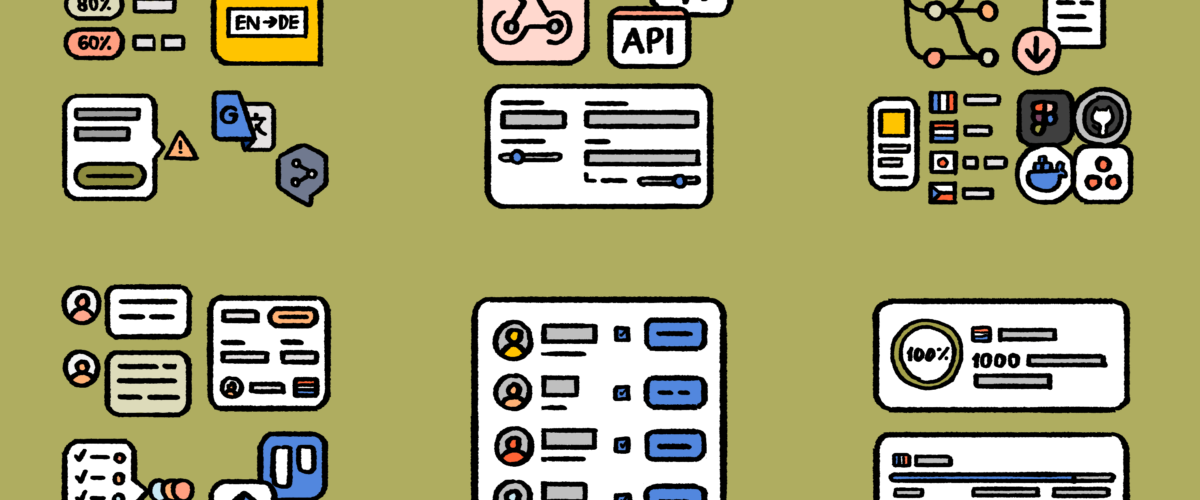
If you want to reach a worldwide audience, you must be prepared to quickly localise your content, product, and customer service into the right languages.
There are several translation software options available with complete tools that may transform your localization process. Because you’re probably wondering which features are essential, we’ve produced a list of everything you’ll need to get started.
What is Translation software and who is it for?
Any computer programme that assists people in translating text from one language to another is referred to as translation software. There are several ways in which translation software capabilities may expedite and accelerate the localization/translation process.
Originally, translation software was created to assist translators. The initial translation technology used modest computer-assisted tools to give linguists with precise translations.
When localization became the new translation paradigm, many software developers created proprietary tools customised to their own source code format and standards. The development of these tools was sometimes haphazard and unstructured, and as a result, they were highly problematic and unreliable.
The translation software sector is now being led by widely available translation management systems (TMS). What you’re probably searching for is a contemporary TMS that can help your entire team speed up the translation or localization process.
When choosing a translation software system, keep these features in mind:
When choosing a translation software system, there are several important features to consider. Here are some key factors to keep in mind:
- Language Support: Ensure that the translation software supports the languages you need to translate. Look for comprehensive language coverage, including both popular and less common languages.
- Translation Accuracy: Assess the system’s translation accuracy. Look for software that provides high-quality translations with proper grammar, syntax, and context. Accuracy is crucial to avoid misleading or incorrect translations.
- Machine Learning Capabilities: Consider if the translation software utilizes machine learning or artificial intelligence technologies. These techniques can improve translation quality over time by learning from user feedback and data.
- Customization Options: Determine if the software allows for customization to align with your specific translation needs. Some systems offer industry-specific dictionaries or allow you to add your own terminology to improve translation accuracy and consistency.
- Integration and Compatibility: Check if the translation software integrates seamlessly with your existing tools and platforms. It should be compatible with popular document formats, content management systems, or localization platforms you use.
- User-Friendly Interface: Evaluate the software’s user interface. It should be intuitive and easy to navigate, allowing users to input and receive translations quickly and efficiently. A well-designed interface can enhance productivity and user satisfaction.
- Translation Memory: Consider if the software supports translation memory. This feature stores previously translated segments or phrases, allowing for faster and more consistent translations. Translation memory can be particularly useful for long-term projects or recurring content.
- Collaboration and Workflow: If you work in a team, consider if the translation software facilitates collaboration. Look for features like user roles, project management tools, and the ability to share and review translations within the software.
- Security and Privacy: Ensure that the software prioritizes security and privacy. Translation often involves sensitive information, so the system should have robust measures in place to protect your data, including encryption and secure data handling practices.
- Support and Updates: Evaluate the level of customer support provided by the software vendor. Look for a reliable support system, including documentation, tutorials, and responsive customer service. Regular updates and improvements indicate an active development team committed to enhancing the software.
Remember, different translation software systems may vary in terms of their features and capabilities, so it’s important to prioritize the ones that align with your specific requirements and preferences.

Post a Comment